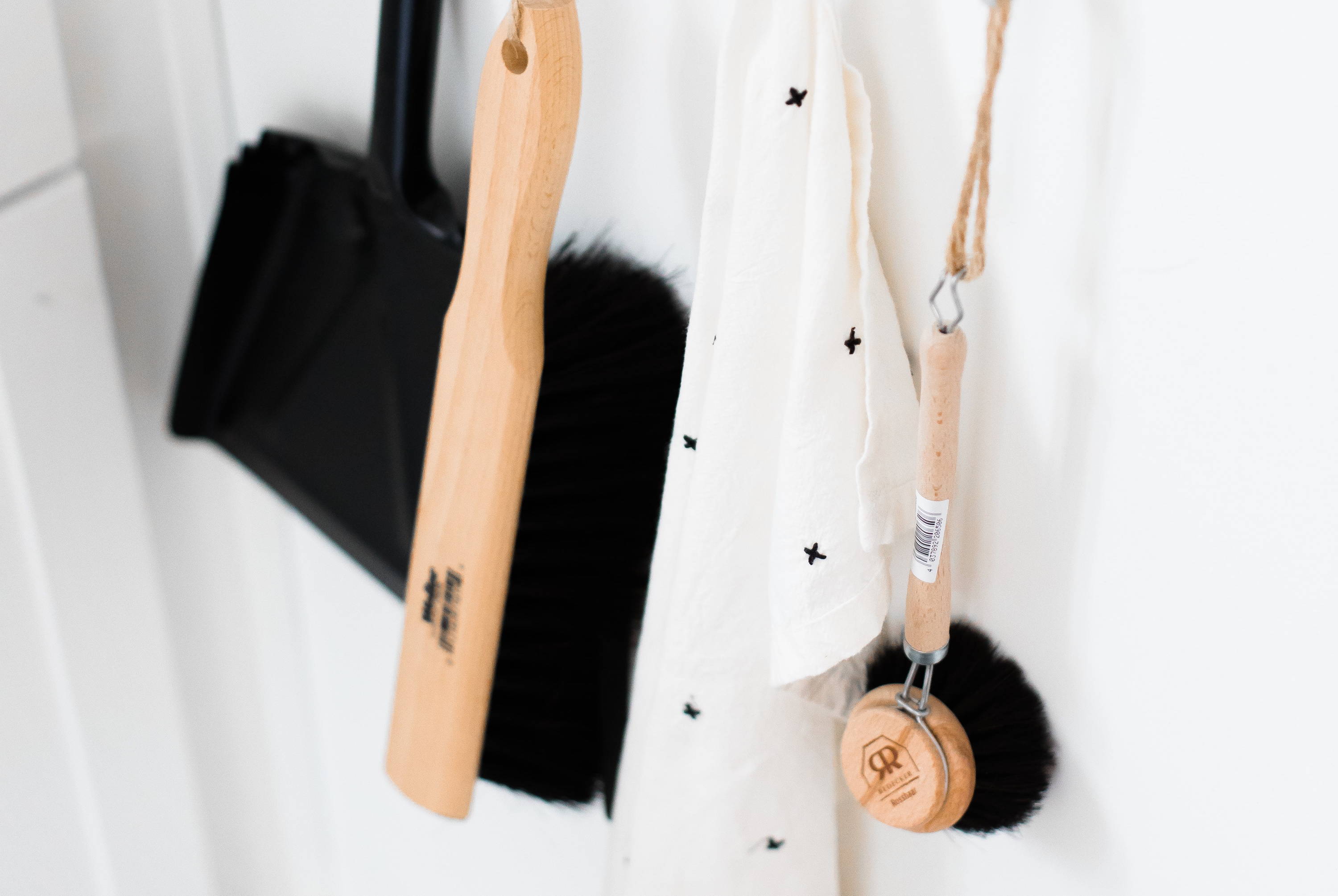5 green cleaning tips you can use today
5 green cleaning tips you can use today

One of the best steps we can take towards a green lifestyle is to clean our home carefully. Often, the cheapest and most popular cleaning products contain harsh chemicals that are bad for our bodies, our homes and the earth.
Fortunately, cleaning your home with eco-friendly products doesn't have to be complicated, expensive or time-consuming. In fact, it's quite the opposite.
First of all, we will explain what to look for in a quality cleaning product, and then we will give some tips related to green cleaning, from reusing products to knowing which areas of the house to focus on.
search for products of plant origin
If you Google "green home cleaning" you will find a number of basic products: lemons and baking soda. In terms of their chemical composition, both are very powerful against dirt and are non-toxic.
Lemons are used for their high citric acid content, which has antibacterial properties, has a low pH and also smells very good. Baking soda is an effective and mild alkaline substance. These ingredients are used as a base in our eco-friendly cleaning products, so go for them.
Looking for more eco-friendly cleaning solutions? Try this:
Mix vinegar with water to clean any type of floor.
Use chamomile tea spray as a solution against fungus.
Use the central part of the cucumber to polish stainless steel.
Mix clove oil with baking soda to fight mould and mildew.
Use boiling water regularly to unblock drains.
plant-based products containing citric acid and sodium bicarbonate are safe for the body, home and planet
use microfibre for small areas
Finding the right cleaning solution is of utmost importance for environmentally conscious consumers. However, as is often the case with anything environmentally friendly, the simplest is best. For daily cleaning, a microfibre cloth is ideal.
The tight weave of microfibre cloths makes them perfect for trapping dirt and bacteria. In fact, a high quality microfibre wipe will pick up 98% of bacteria with just water. Stronger solutions are needed for problems like grease and calcium, but microfibre cloths are great for small spills.
They are also useful for:
Getting rid of smudges on glass and reflective metal surfaces
Dusting from baseboards to electronic devices
Clean countertops, tables and other frequently used areas on a daily basis.
reusing everyday household objects
It is not necessary to buy plastic brushes and paper towels every cleaning day. On the contrary, many household items can be reused as cleaning materials. This not only minimises waste and transport-related carbon emissions, but also saves consumers a trip to the supermarket and a few euros.
Household items that you can reuse for cleaning:
Instead of paper napkins, use recycled newspaper to clean glass and shine metals.
Instead of paper napkins, use microfibre cloths to wipe surfaces such as worktops and cupboards.
Instead of buying plastic brushes, reuse toothbrushes or bottle brushes for hard-to-reach areas such as shower corners and spaces between appliances.
focus on the bathroom and kitchen
Cleaning professionals focus mainly on two areas of the home: the bathroom and the kitchen. These areas are not only the areas that accumulate the most dirt, but they are also often the places where we are most susceptible and vulnerable to bacteria.
In the kitchen, we touch surfaces and then put our hands to our mouths without realising it. In the bathroom, a hot shower helps to open the pores of the skin and the respiratory tract. Keeping both areas clean is therefore of utmost importance for health.
As mentioned above, plant-based products containing citric acid and baking soda are safe for the body, the home and the planet. In the kitchen, an all-purpose cleaner is all that is needed for areas such as worktops, hobs and handles such as hob knobs.
Cleaning the bathroom is a little more complicated, as there can be problems with air circulation and therefore the presence of mould. The key in this area is prevention. Ventilate the bathroom by leaving the window open or using a dehumidifier, and make sure the drains are unblocked. Use a bathroom-specific product to boost cleaning in areas where mould can grow most easily on a regular basis.
Already have a mould problem? Consistency is often a great substitute for harsh chemicals like bleach. Leave a cleaning product solution on the mouldy area overnight and scrub the next morning - this is the perfect time to make use of a reused toothbrush!
Being consistent is often a great substitute for harsh chemicals such as bleach.
clean smarter, not harder
As we have discussed, cleaning products can be incredibly simple in terms of their ingredients and their use. However, adopting a green cleaning regime can seem like a lot of effort for many. When in doubt, remember to clean smarter, not harder.
This means prioritising the cleaning of the most bacteria-prone areas, such as the kitchen and bathroom, as we have just seen. As for the rest of the house, an easy tip is to get down to work and clean these areas regularly with an all-purpose cleaner rather than waiting and doing a deep clean every weekend.
Do you remember the last time you cleaned these areas?
Light switches
Door, faucet, drawer and cabinet handles
Window sills
Appliance buttons and remote controls
